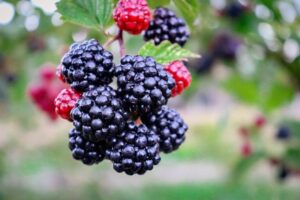In this comprehensive guide, we’ll delve into an array of stunning evergreens perfect for creating a picturesque shady haven.
American Holly
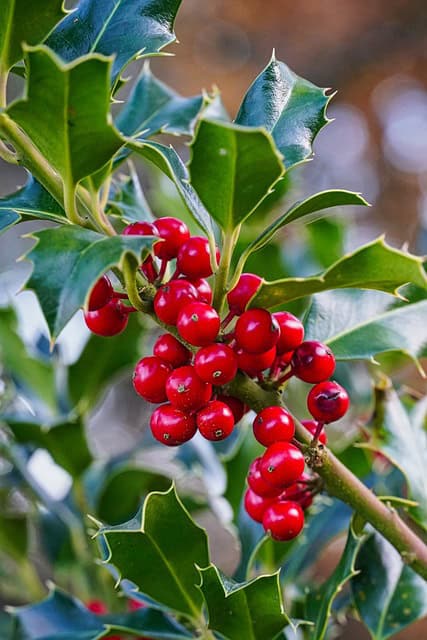
Holly, recognized by its iconic spiky leaves and bright red berries, is a versatile evergreen that thrives in shaded areas. The American Holly (Ilex opaca) is renowned for its dense foliage and tolerant nature, making it an excellent choice for foundation plantings and hedges. This tree prefers moist, well-drained soil and can reach heights of 15 to 30 feet, creating a natural living fence or windbreak. Beyond its aesthetic appeal, the berries are a food source for local wildlife during winter, supporting biodiversity right in your backyard.
The dense canopy of the American Holly not only offers shade during the hot months but also creates a protective environment for shade-loving plants below. Its dark green leaves provide a vibrant contrast throughout the seasons, ensuring your garden remains lively even in the colder months. Moreover, American Holly’s resilience to air pollution makes it a suitable candidate for urban environments, allowing it to flourish where other plants might struggle. Planting this tree not only enhances your landscape but also contributes positively to your local ecosystem.
Boxwood

Boxwood (Buxus spp.) is a classic evergreen shrub treasured for its adaptability and formality. Known for their compact growth habit, boxwoods are perfect for creating lush green hedges or topiaries, adding structure to shaded garden designs. They thrive in partially shaded conditions and are relatively low-maintenance, able to tolerate various soil types as long as they have good drainage. Ranging from 2 to 10 feet in height, boxwoods can be used effectively in formal gardens, mixed borders, or even as standalone specimens.
With a variety of cultivars available, you can choose from rounded, upright, or more sprawling forms to create your desired look. Their dense foliage provides a natural screen, enhancing privacy while also serving as a perfect backdrop for flowering plants. Boxwoods also hold well against severe pruning, making it easy to maintain their desired height and shape. Beyond their practical advantages, these plants instinctively draw the eye, providing a classic green hue that complements any landscape theme throughout the year.
Colorado Blue Spruce
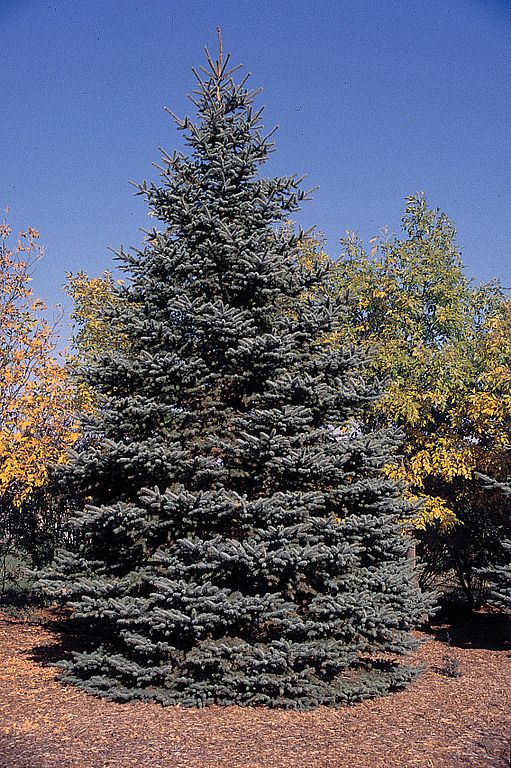
The Colorado Blue Spruce (Picea pungens) stands out with its stunning, silvery-blue needles that can lend an air of elegance to any landscape. While typically thriving in full sun, this hardy tree can adapt to partial shade, making it suitable for transitional areas in your yard. Growing to heights of 30 to 60 feet, the Colorado Blue Spruce commands attention, especially when planted in groups or as a focal point in your garden. In addition to its captivating color, the tree develops a conical shape that adds dimension and structure to a landscape.
Beyond aesthetics, the Colorado Blue Spruce attracts a variety of birds throughout the year, enhancing the ecological value of your landscape. Its sturdy wood can also be used for various crafts and constructions, making it a tree that is as functional as it is beautiful. Additionally, it requires moderate watering and does well in well-draining soil, making it relatively easy to maintain once established. Cared for properly, this stately tree can become a stunning centerpiece for your yard, offering shade for both people and wildlife alike.
Deodar Cedar
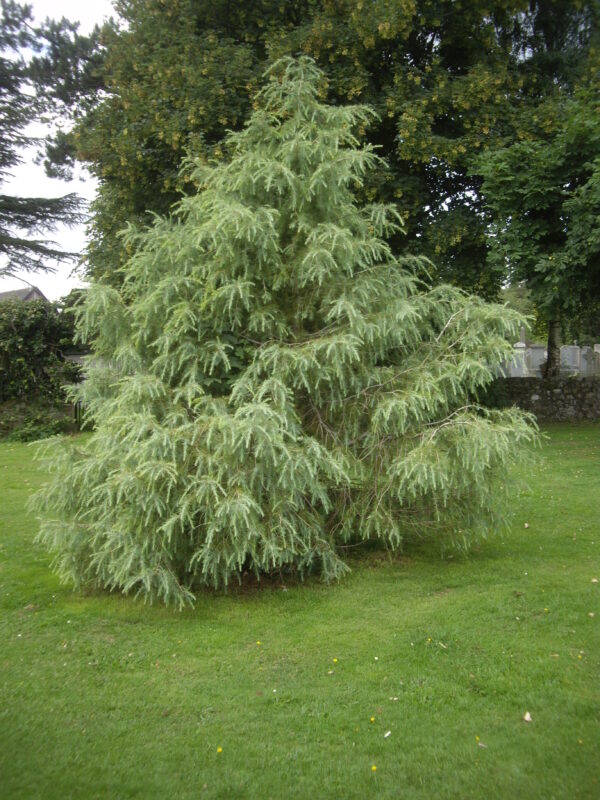
The Deodar Cedar (Cedrus deodara) is celebrated for its graceful, sweeping branches and soft, flexible needles. Renowned for its drought tolerance once established, this evergreen can thrive in partial shade, allowing it to shine in less sunny areas of your garden. With the potential to grow up to 40-70 feet tall, the Deodar Cedar makes an impressive statement, and its unique weeping habit adds an artistic flair. The soft, blue-green foliage provides a striking visual contrast against the ground, creating a tranquil atmosphere perfect for relaxation.
This tree not only offers aesthetic appeal but also provides shade and shelter for various wildlife species. The needles are aromatic and can even discourage pests, making it a wise choice for eco-conscious gardeners. Additionally, its resilient nature against harsh weather and soil conditions means it can flourish in a variety of environments. When planted strategically, the Deodar Cedar can become a serene focal point, providing both shade and beauty in any outdoor setting.
Eastern Red Cedar
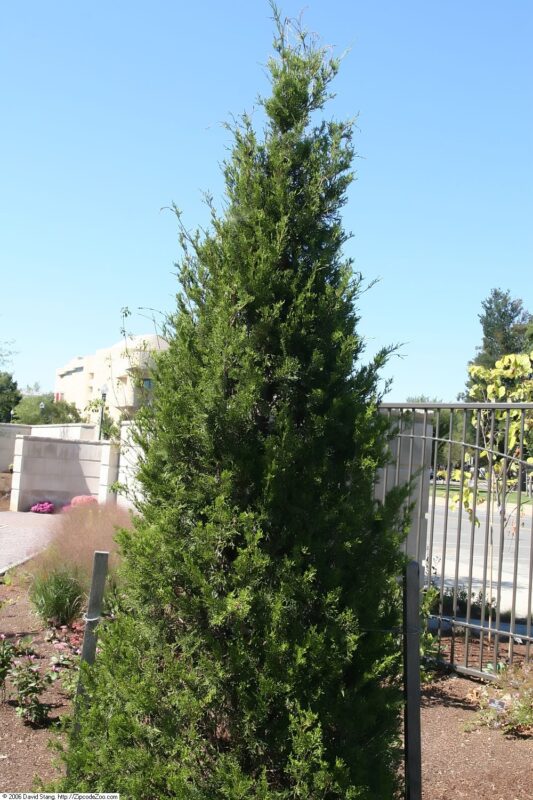
The Eastern Red Cedar (Juniperus virginiana) is a versatile and hardy evergreen that thrives in various conditions, including shaded areas. Its aromatic wood and dense foliage provide excellent privacy, making it an ideal choice for creating natural barriers or windbreaks. This tree typically grows to about 40-50 feet tall and has a pyramidal shape that adds elegance to a landscape. Its scale-like leaves change color with the seasons, providing year-round interest.
Unlike more delicate species, the Eastern Red Cedar is exceptionally tolerant of a range of soil types and drought conditions once established. This resiliency allows it to thrive in environments where other trees may struggle, making it a reliable choice for gardeners. The berries produced by this tree are a food source for birds during the winter months, thereby supporting local fauna. Its evergreen status ensures that it provides shelter and greenery even in the harshest conditions, which is invaluable for maintaining biodiversity in your landscape.
Emerald Arborvitae
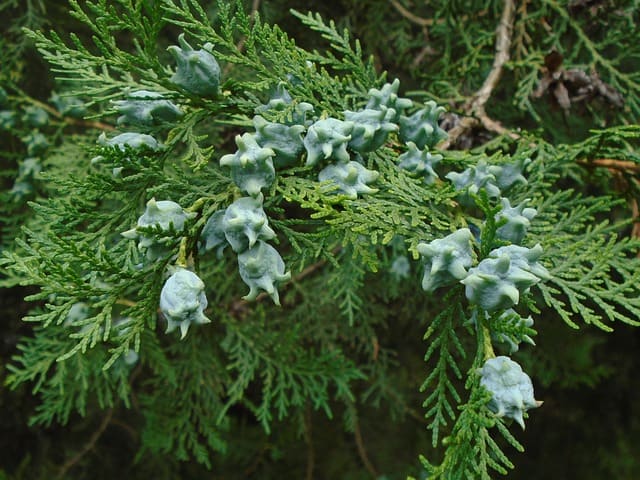
The Emerald Arborvitae (Thuja occidentalis ‘Smaragd’) is a sought-after evergreen due to its slender, columnar form and vibrant green foliage. Standing at about 10-15 feet tall, this cultivar is ideal for narrow spaces or as a backdrop for other plants. Its tolerance for partial shade makes it a great choice for tight spots where sunlight is limited. The variety’s increased pest resistance and durability mean it retains its color and stature well into the winter months, providing a consistent visual aesthetic throughout the year.
Moreover, Emerald Arborvitae’s tight growth habit creates a brilliant privacy screen, allowing for secluded getaways right in your backyard. This tree’s neat shape makes it easy to integrate into various landscaping styles, from formal gardens to more relaxed environments. It can also enhance the visual appeal of any outdoor space when combined with brightly colored flowers or textured perennials. Gardeners appreciate their low-maintenance nature; once you plant them, they thrive with minimal fuss, making them an excellent choice for busy homeowners.
Giant Arborvitae
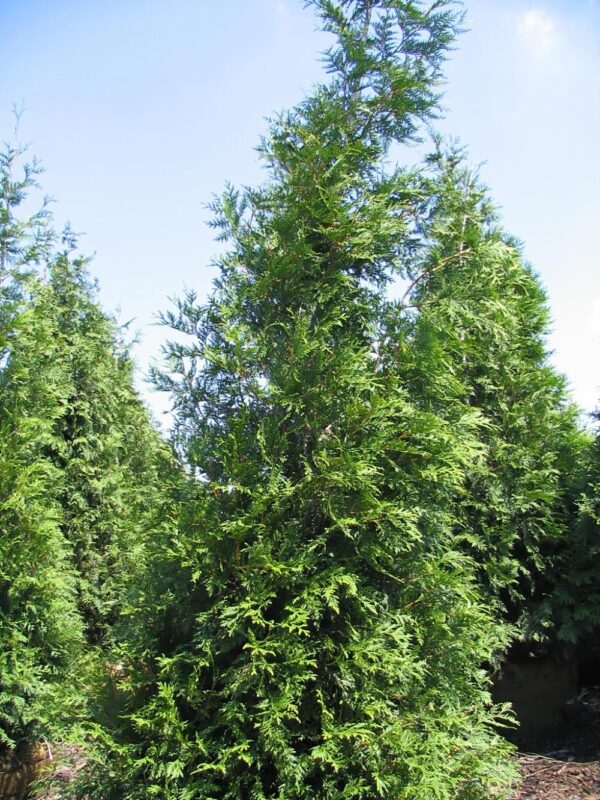
The Giant Arborvitae (Thuja plicata), also known as Western Red Cedar, is another standout evergreen that can adapt well to shady conditions. Growing to heights of up to 60 feet, it can serve as a magnificent specimen tree or a verdant screening option. This species is often valued for its majestic stature and striking, rich green foliage. The Giant Arborvitae’s soft needles impart a refreshing, citrus-like fragrance to the air, enhancing the garden’s sensory experience.
This hardy tree is excellent for attracting birds and wildlife, as its branches provide nesting sites and food sources. Moreover, the wood of the Giant Arborvitae is highly sought after for its rot-resistant properties, making it ideal for both landscaping and construction purposes. These trees thrive in various soil types, provided they receive adequate moisture, and can flourish in USDA zones 5 to 7. Additionally, their impressive height and lush foliage can dramatically transform your outdoor space, turning it into a lush, green sanctuary.
Golden Irish Yew
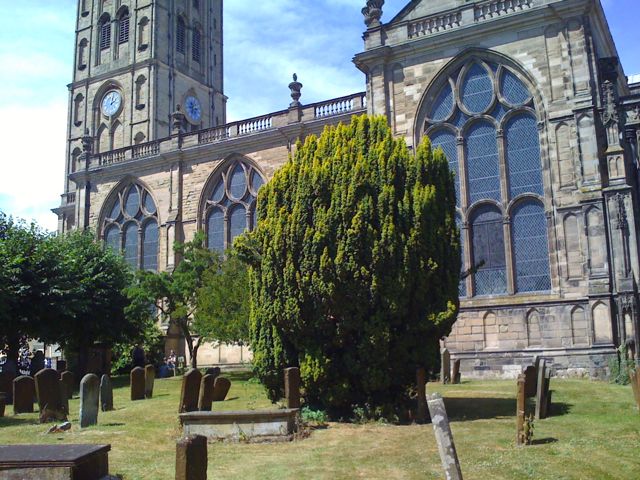
The Golden Irish Yew (Taxus baccata ‘Aurea’) is a charming addition to any shade garden, prized for its unique golden foliage. This dense shrub can grow up to 5-10 feet tall, offering structure and texture in a shaded area. The foliage emerges bright yellow, transitioning to a rich green as it matures, providing a beautiful contrast against darker greens in your garden. The Golden Irish Yew thrives in partial to full shade and can adapt well to both sandy and clay soils.
In addition to its aesthetic value, this yew is an excellent choice for gardeners seeking a low-maintenance option. Tolerating pruning well, it can be shaped into various forms to suit your garden design. The Golden Irish Yew is also beneficial for wildlife, providing a habitat for birds and small mammals. Its ability to thrive in shade allows it to flourish in areas often ignored by more light-sensitive plants. Incorporating this evergreen can provide color bursts and distinctive texture to your landscape.
Hemlock
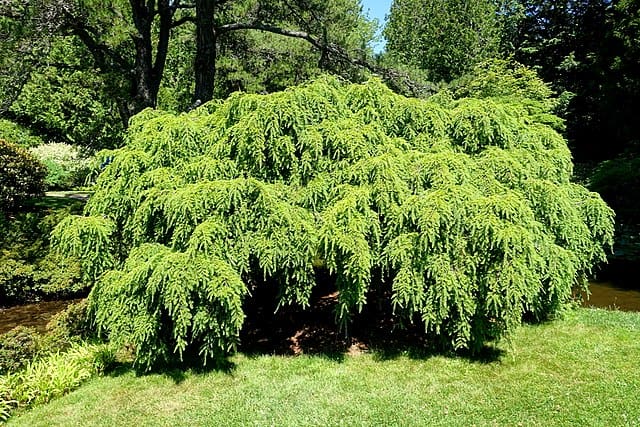
The Eastern Hemlock (Tsuga canadensis) is a majestic evergreen often found in woodland settings, making it a fantastic option for creating shaded areas. This tree can reach impressive heights of 40-70 feet, and its soft, feathery foliage creates a tranquil, forest-like atmosphere, ideal for relaxing or meditative spaces. Hemlocks are particularly prized for their graceful branching patterns and delicate needles, lending an air of elegance to any garden design.
Unlike many other conifers, Hemlocks thrive in moist, well-drained soils, making them suitable for landscapes where water retention is an issue. They can also tolerate shade relatively well, allowing them to coexist harmoniously among other shade-loving plants. Additionally, Hemlocks provide fantastic shelter for birds and small animals, promoting biodiversity in your outdoor space. By planting these trees, you can create a peaceful, shaded retreat that resembles a natural forest, enhancing the beauty and ecological health of your landscape.
Japanese Yew
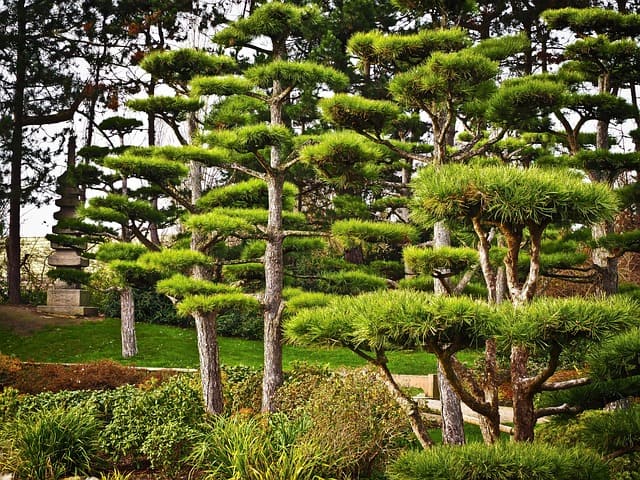
The Japanese Yew (Taxus cuspidata) is a versatile evergreen that adds character and elegance to shaded landscapes. This shrub or small tree can grow between 10-20 feet tall, making it suitable for borders, hedges, or even as a specimen tree in your garden. Known for its rich, dark green foliage and soft needles, the Japanese Yew thrives in various conditions, including partial shade, and is a fantastic choice for gardeners looking to enhance underutilized spaces.
One of the appealing aspects of the Japanese Yew is its ability to tolerate heavy pruning, allowing gardeners to shape it as desired. This adaptability makes it a great option for providing structure and design to your landscape while also allowing it to blend seamlessly with other plants. Additionally, it produces small, red berries that attract birds during the fall, making it a functional choice for wildlife gardening. The Japanese Yew’s evergreen quality ensures that it provides color and vibrancy throughout the seasons, enhancing the visual interest of your garden year-round.
Longstalk Holly
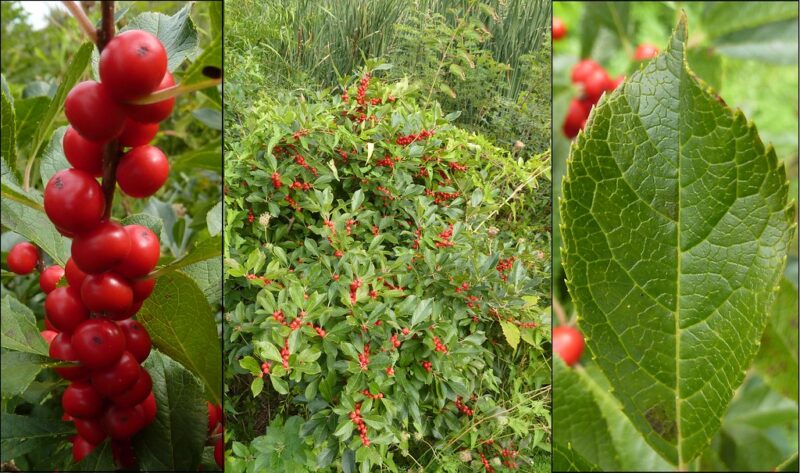
Longstalk Holly (Ilex verticillata) may be less well-known than its more illustrious relatives, but it offers unique beauty and functionality for shade gardens. This deciduous holly can reach heights of 5-15 feet, and although it thrives in wet soils, it can also tolerate drier settings, making it adaptable to various garden conditions. One of its most striking features is the vibrant red berries that linger on the branches, creating a stunning contrast against the backdrop of its glossy, dark green leaves.
During winter, its enchanting berries add color to an otherwise stark landscape, attracting birds and other wildlife that rely on this nutrient source. Longstalk Holly also works well in mixed plantings or as part of a riparian buffer, providing habitat and food for numerous creatures. Its preference for partial shade means it fits perfectly into a layered planting scheme, where it can thrive alongside taller trees and smaller understory plants. Including Longstalk Holly in your garden can help cultivate a diverse and inviting space that supports both your aesthetic vision and local biodiversity.
Serbian Spruce
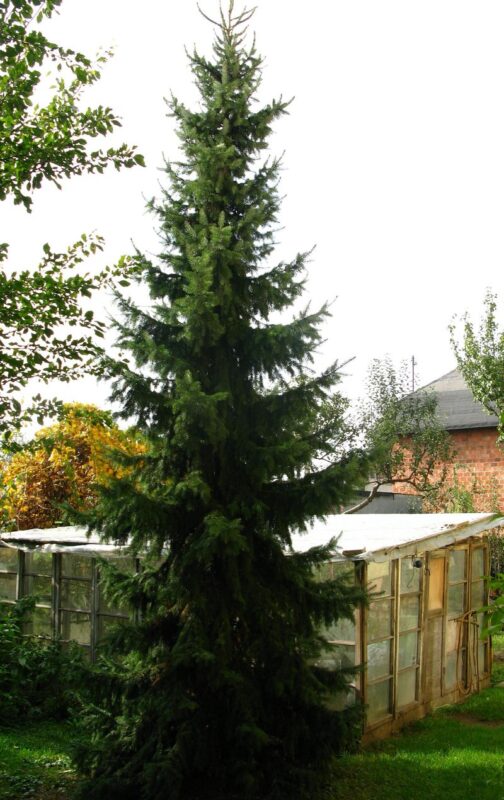
The Serbian Spruce (Picea omorika) is a graceful, narrow tree that can add height and texture to shaded areas of your garden. With its slender form, typically reaching heights of 40-60 feet, it is ideal for smaller properties where space is a consideration. The Serbian Spruce features attractive, pendulous branches and soft, green needles that attractively contrast with the dark bark. Its striking appearance can enhance any landscape design, creating a whimsical or traditional aura.
This tree flourishes in partial shade and well-drained soils, making it an adaptable option for various environments. It’s also known for its hardy nature, being resistant to pests and diseases, which simplifies maintenance. The Serbian Spruce provides shelter and nesting opportunities for birds, increasing your garden’s ecological value. Its elegant structure and low maintenance make it a favored option for enhancing European or woodland-inspired landscaping, sure to become a focal point in any setting.
Shore Pine
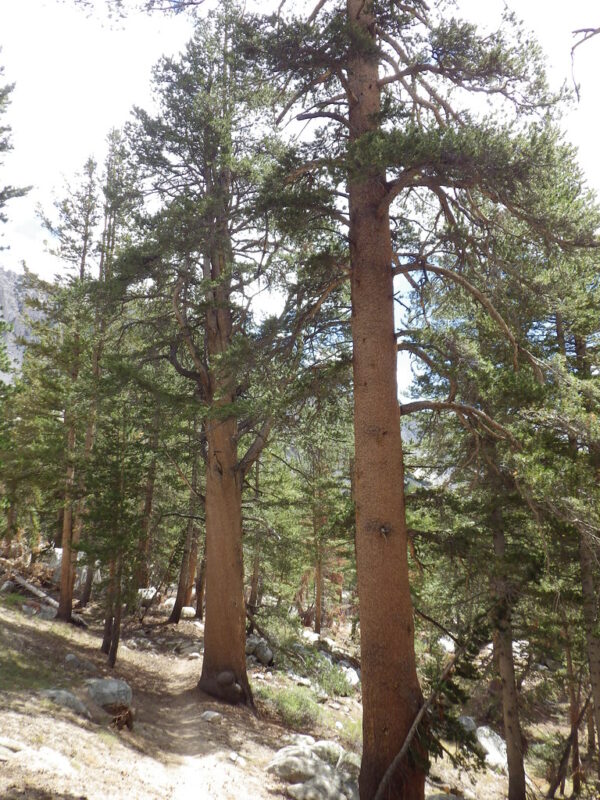
The Shore Pine (Pinus contorta var. contorta) is a hardy evergreen that flourishes in coastal environments, but it’s equally at home in gardens with partial shade. This pine tree typically reaches about 30-50 feet tall, with a rugged, windswept appearance that can enhance the natural beauty of your landscape. Its needle-like leaves provide a lush green backdrop, while its unique growth habit adds character to any setting. Shore Pine is particularly adept at withstanding strong winds and salt exposure, making it ideal for urban and coastal landscaping.
In addition to its visual appeal, the Shore Pine is known for its adaptability, thriving in sandy or clay soils and accepting varied moisture levels. By planting them strategically, you can create a natural windbreak or privacy screen. The tree also serves as a habitat for various wildlife species while providing an evergreen presence year-round. Its adaptability and distinct charm make Shore Pine a practical choice for creating shaded, serene spaces for relaxation.
Southern Magnolia
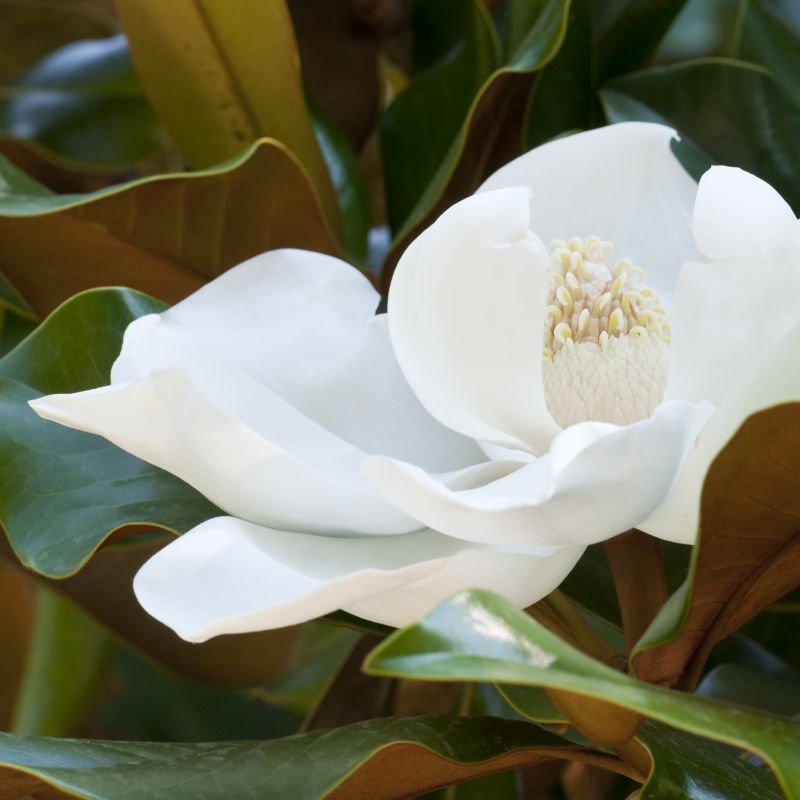
The Southern Magnolia (Magnolia grandiflora) stands out with its magnificent foliage and fragrant blossoms, making it a beloved choice for many gardeners. While more commonly associated with warmer climates, this evergreen can thrive in partially shaded spaces, bringing dramatic flair to your landscape. Ranging from 60-80 feet tall, the Southern Magnolia not only provides substantial shade but features large, glossy green leaves that create a tropical feel.
During the summer, the Southern Magnolia showcases stunning, creamy white flowers that bloom beautifully against the backdrop of its foliage. These flowers produce a captivating scent, creating an alluring ambiance in your outdoor space. Besides its stunning aesthetic qualities, the Southern Magnolia contributes to the local ecosystem by providing shelter for a variety of bird species. Ideal for larger gardens or landscapes, planting Southern Magnolias will offer not just shade, but an invitation to experience nature’s beauty.
Strawberry Tree
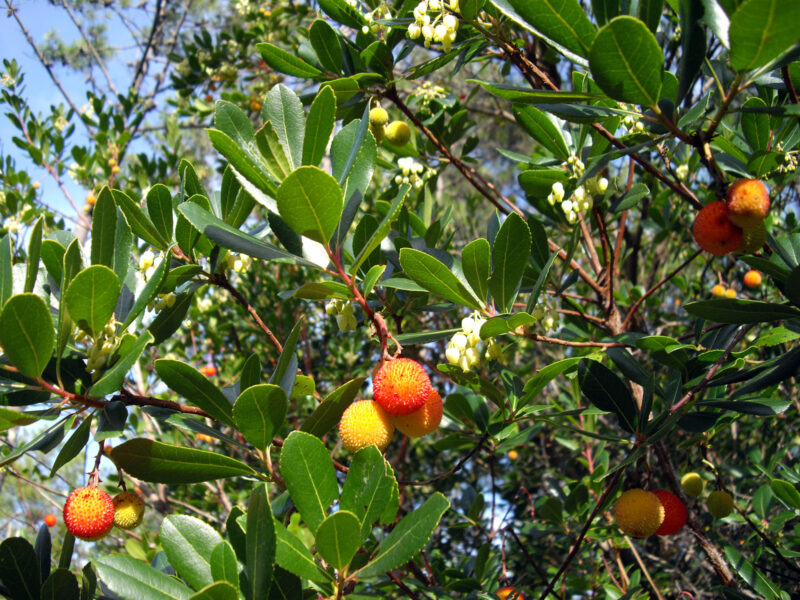
The Strawberry Tree (Arbutus unedo) brings a unique charm to shaded areas with its attractive red fruits and glossy leaves. Known for its ability to thrive in various soil conditions, this evergreen can grow up to 30 feet tall, providing both shade and visual appeal. In late summer, the Strawberry Tree produces clusters of white, bell-shaped flowers, which later turn into the strawberry-like fruits that ripen in the fall, providing a whimsical element that sets it apart from more common trees.
This tree not only thrives in partial shade but also adapts well to drought conditions, making it a resilient choice for gardeners facing challenges with water availability. Its distinctive, smooth bark and evergreen leaves offer aesthetic interest year-round, creating a stunning focal point in your landscape. The fruit is edible and can attract various wildlife species, promoting biodiversity in your outdoor space. Incorporating the Strawberry Tree creates a delightful and functional addition that enhances any shade garden.
Wheel Tree
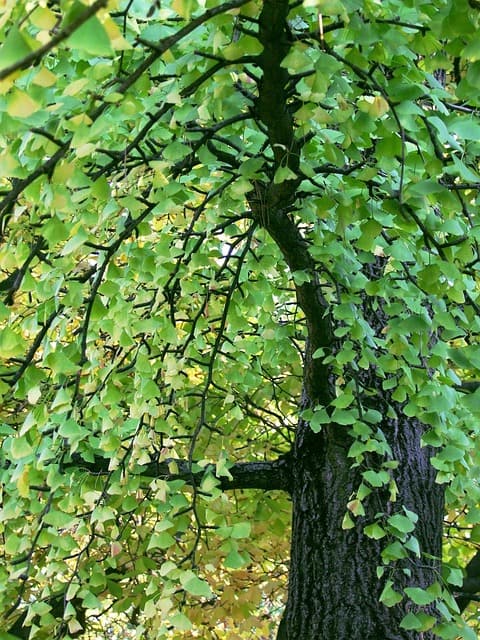
The Wheel Tree (Ginkgo biloba) is a rare yet striking evergreen that can thrive in shaded conditions. Known for its unique fan-shaped leaves and stunning golden fall colors, the Wheel Tree can grow to about 50-80 feet tall. While it is technically classified as a deciduous tree, its unique characteristics can transform your landscape, particularly if you appreciate trees with significant historical and cultural backgrounds.
Ginkgo biloba is known for its resilience, tolerating air pollution and adverse soil conditions, making it an excellent option for urban environments. Additionally, the stunning golden hues of its leaves in autumn create a breathtaking spectacle that can light up any garden. Since Ginkgo trees are dioecious, you can choose male varieties that do not produce the strongly scented fruit, ensuring a clean and pleasant planting. The Wheel Tree’s distinctive appearance and vibrant foliage can enhance the aesthetics of your shaded garden while also encouraging environmental benefactors of diverse urban wildlife.
White Spruce
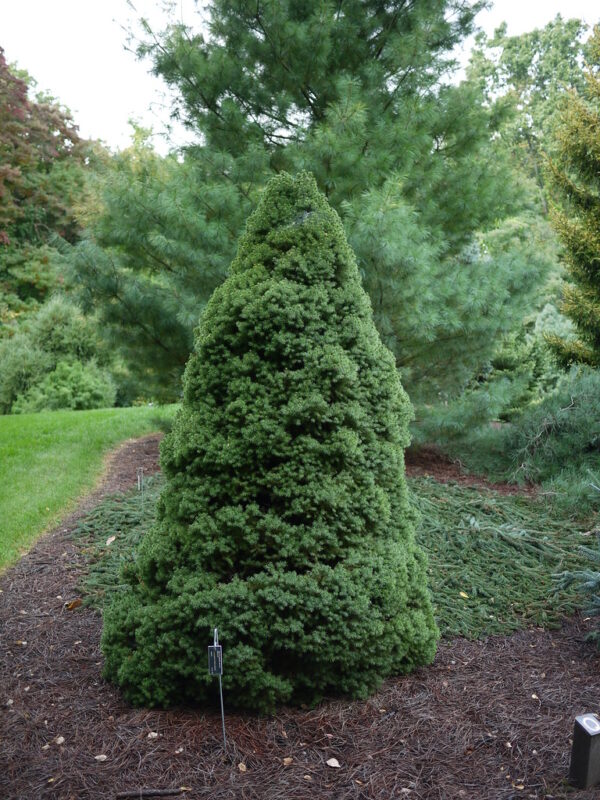
The White Spruce (Picea glauca) is a native evergreen that often thrives in slightly shaded environments. This versatile tree grows to heights of 40-60 feet and possesses soft, green needles that emit a delightful scent when crushed. Not only does it provide shade, but its pyramidal form can make an impressive backdrop or specimen in a garden setting, showing off its delightful aesthetic qualities.
Planting multiple White Spruces can create a serene, natural corridor, encouraging wildlife and providing a lush green space for relaxation and enjoyment. Its formidable stature and dense foliage can dramatically transform your outdoor space, turning it into a lush, green sanctuary. These trees are also highly adaptable to various soil types and climates, making them an excellent choice for creating shaded areas while promoting biodiversity and aesthetics in your landscape.





